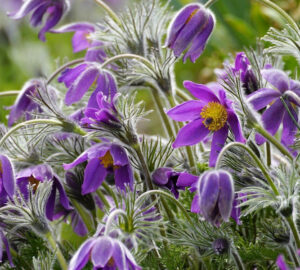As the year draws to a close, many of us are eagerly seeking ways to invite good fortune and positivity into our lives. One timeless approach that spans cultures and traditions is the belief in plants as symbols of luck and prosperity. In this article, we’ll explore five plants commonly thought to bring good luck, adding a touch of green charm to your home and garden as you welcome the new year.
1. Lucky Bamboo (Dracaena sanderiana)
Often associated with Chinese culture, lucky bamboo is a popular choice for those seeking good fortune. Despite its name, this plant is not actually bamboo but belongs to the Dracaena family.

According to Feng Shui principles, the number of stalks in a lucky bamboo arrangement can influence the type of luck it attracts. For example, three stalks symbolize happiness, wealth and longevity. Keep your lucky bamboo in a clear vase with water, placing it in a well-lit area but away from direct sunlight.
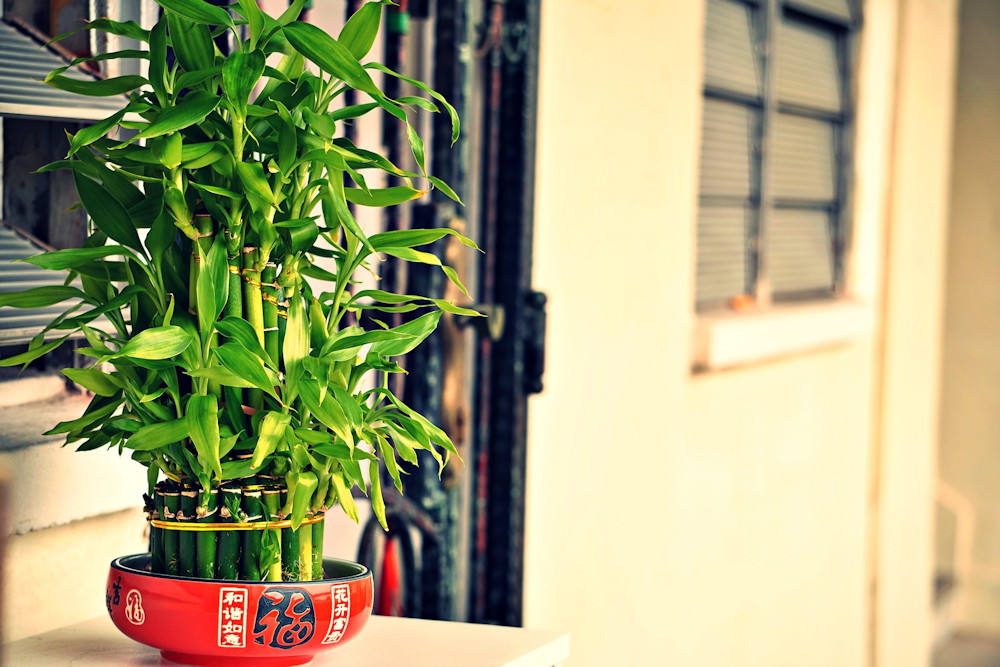
2. Money Plant (Epipremnum aureum)
Known by various names, including devil’s ivy and golden pothos, the money plant is a resilient and easy-to-care-for choice. According to Vastu and Feng Shui, this plant is believed to attract wealth and positive energy. Its heart-shaped leaves and trailing vines make it a visually appealing addition to your home.
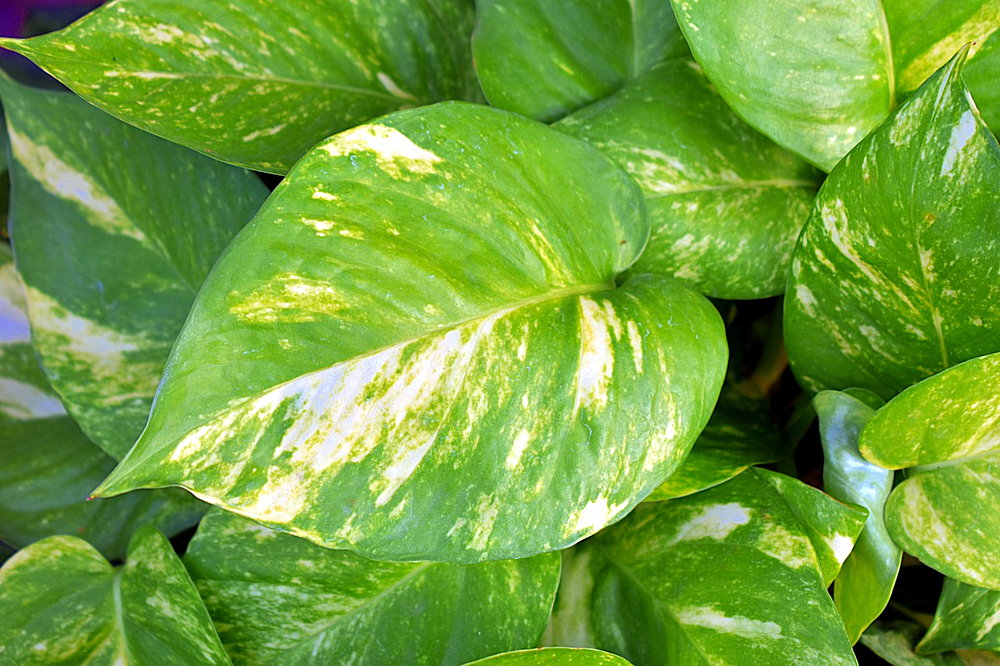
Place your money plant in an area with indirect sunlight, and water it moderately. As a bonus, it’s known for its air-purifying qualities, contributing to a healthier indoor environment.
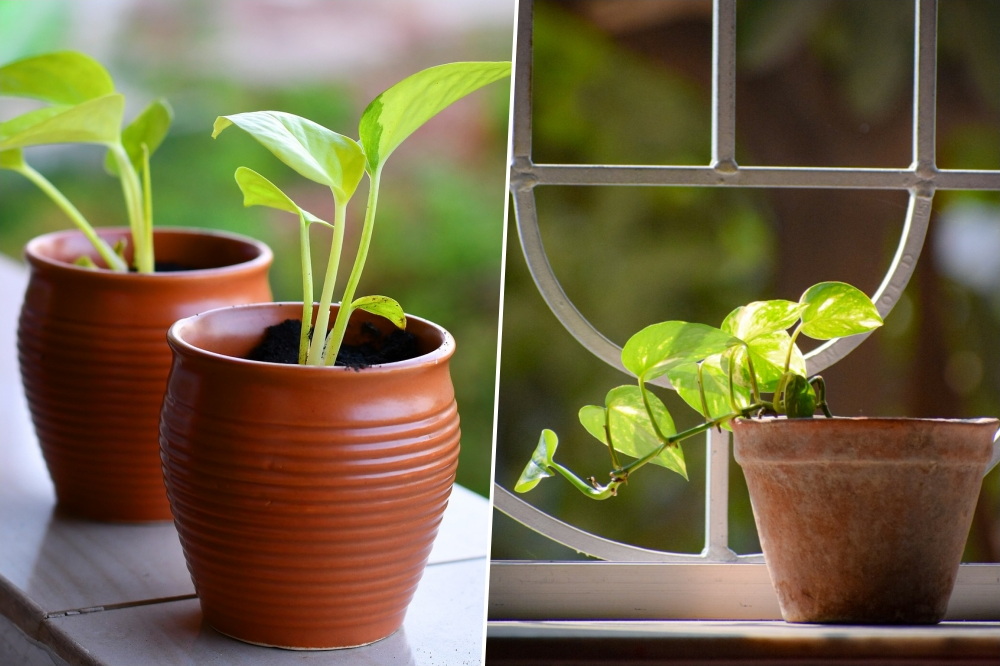
3. Jade Plant (Crassula ovata)
The jade plant, also known as the money tree or friendship tree, is a succulent that is thought to bring prosperity and success. With its vibrant green leaves and tree-like appearance, the jade plant is often considered a symbol of growth and financial luck.
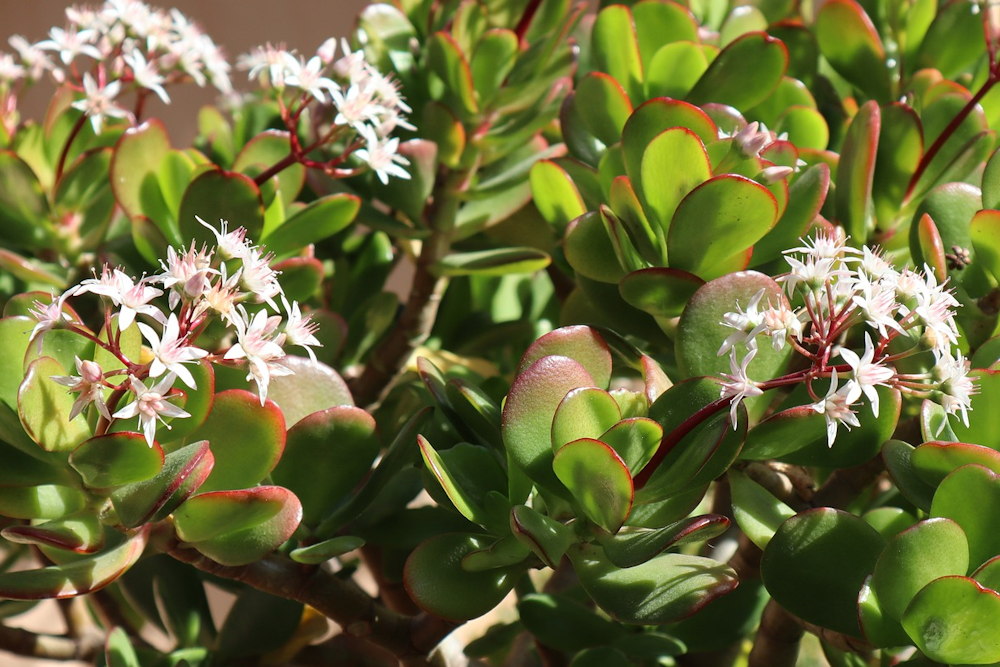
To maximize its positive energy, place the plant in the southeast corner of your home or office. Allow the soil to dry between watering, as jade plants prefer a well-draining soil mix.
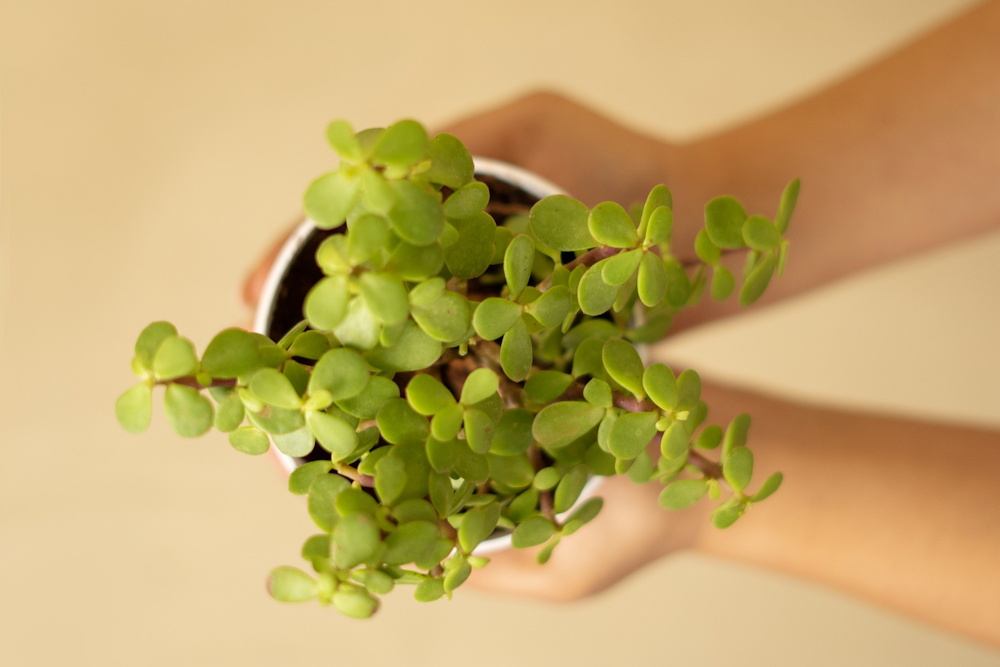
4. Basil (Ocimum basilicum)
Beyond its culinary uses, basil is considered a plant that brings good luck, particularly in Indian culture. Holy basil, also known as tulsi, is revered for its sacred significance and is believed to attract positive energy. Planting basil around your home is thought to ward off negative influences and promote happiness.
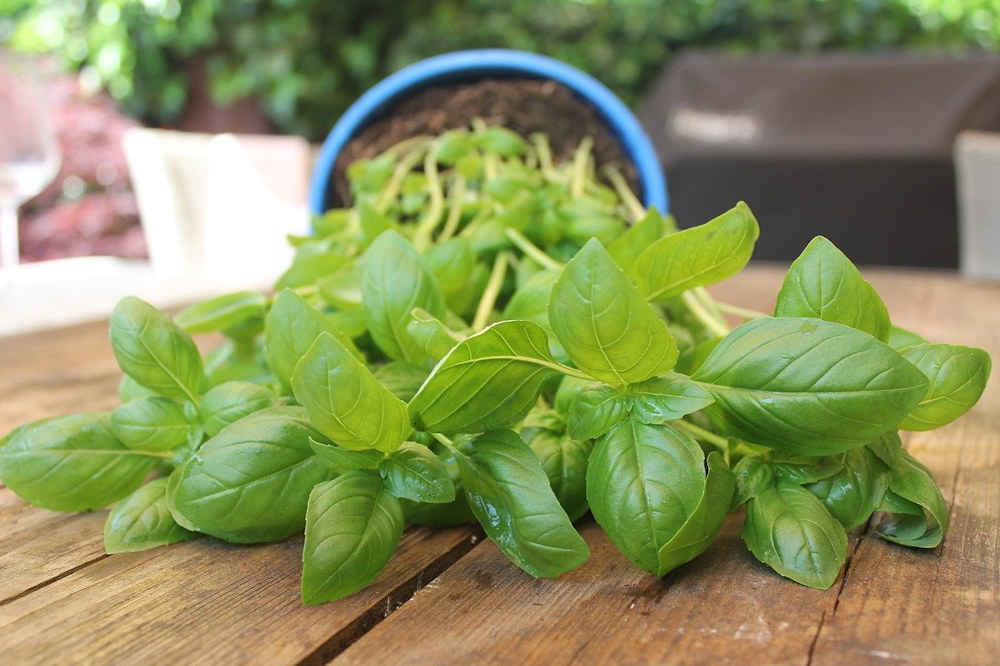
Enjoy the aromatic benefits of basil by placing pots in sunny windowsills or adding it to your outdoor herb garden.
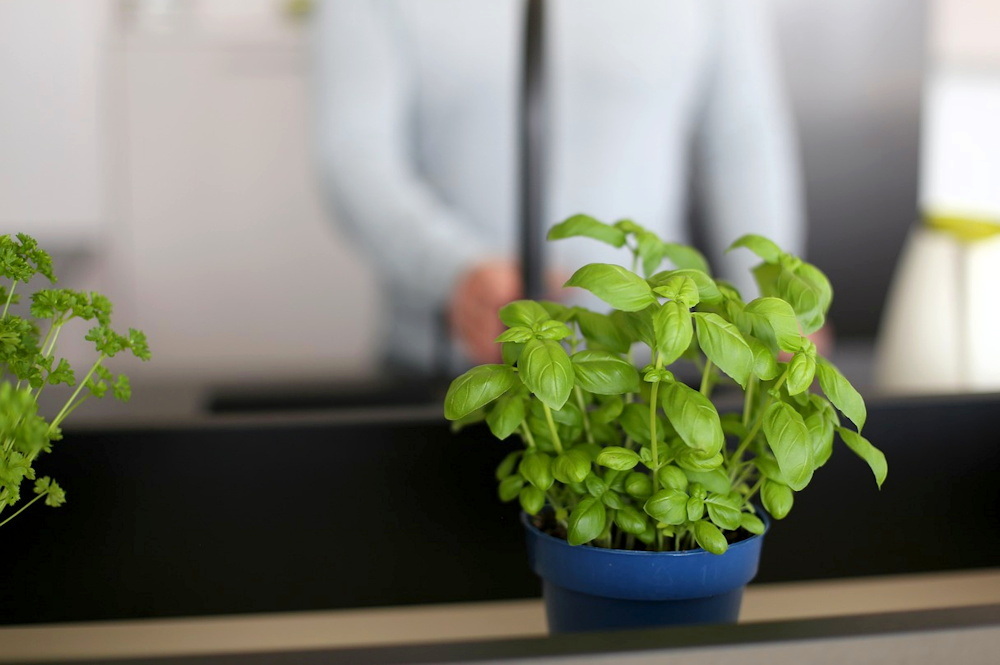
5. Lucky Clover (Oxalis tetraphylla)
Adding a touch of whimsy and a sprinkle of Irish folklore, the lucky clover, also known as the “Iron Cross” plant, is a delightful inclusion to our list of plants believed to bring good luck. This charming plant is recognizable by its distinctive four-leaf clover shape, with each leaf displaying a dark purple or brownish spot resembling a miniature iron cross.
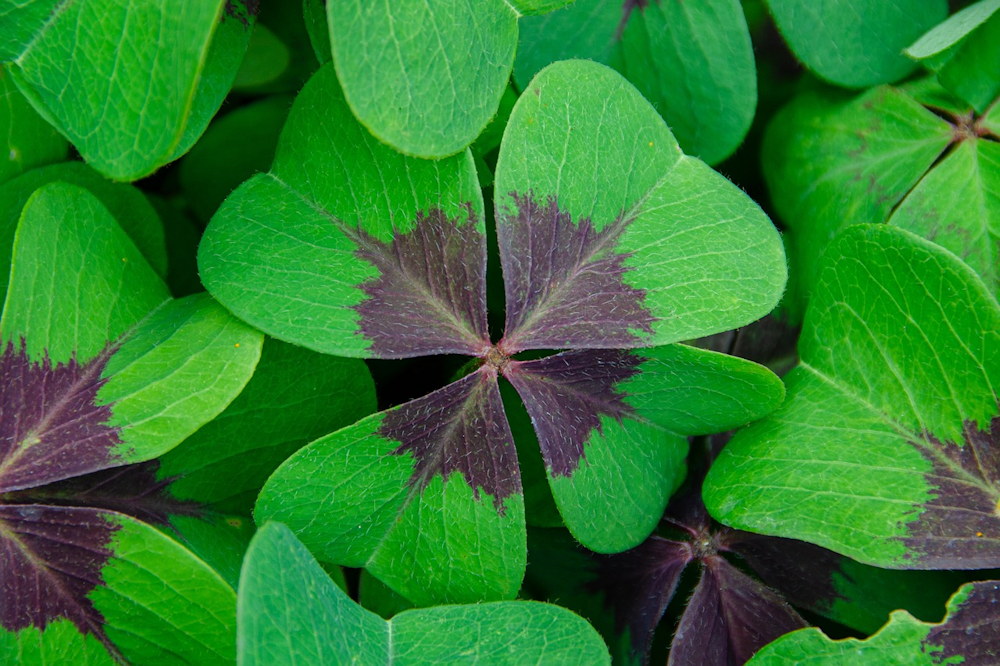
In Irish tradition, finding a four-leaf clover is considered exceptionally lucky, with each leaf symbolizing hope, faith, love and luck. Cultivating a pot of lucky clover adds a bit of magic to your indoor or outdoor space. Place it in a sunny spot, and let the soil dry slightly between waterings. While its symbolism is linked to luck, the lucky clover’s petite and attractive appearance also makes it a delightful addition to your green companions.

Including the lucky clover in your collection not only connects you with age-old superstitions but also brings a playful and joyful vibe to your garden or living space. As you embrace the new year, may the presence of the lucky clover usher in good fortune, positivity and a touch of enchantment.
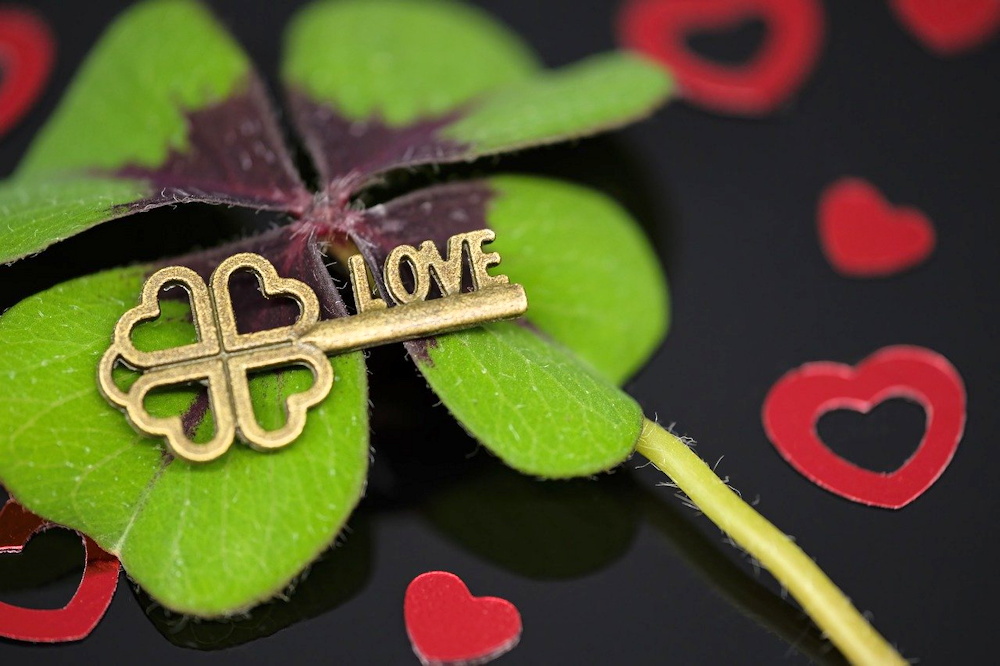
As you prepare to bid farewell to the old and welcome the new, consider incorporating these plants into your living space. Whether you follow these beliefs out of tradition or simply appreciate the beauty of these green companions, may they bring a sense of luck and prosperity to your home in the coming year. Happy gardening and a joyous New Year!









